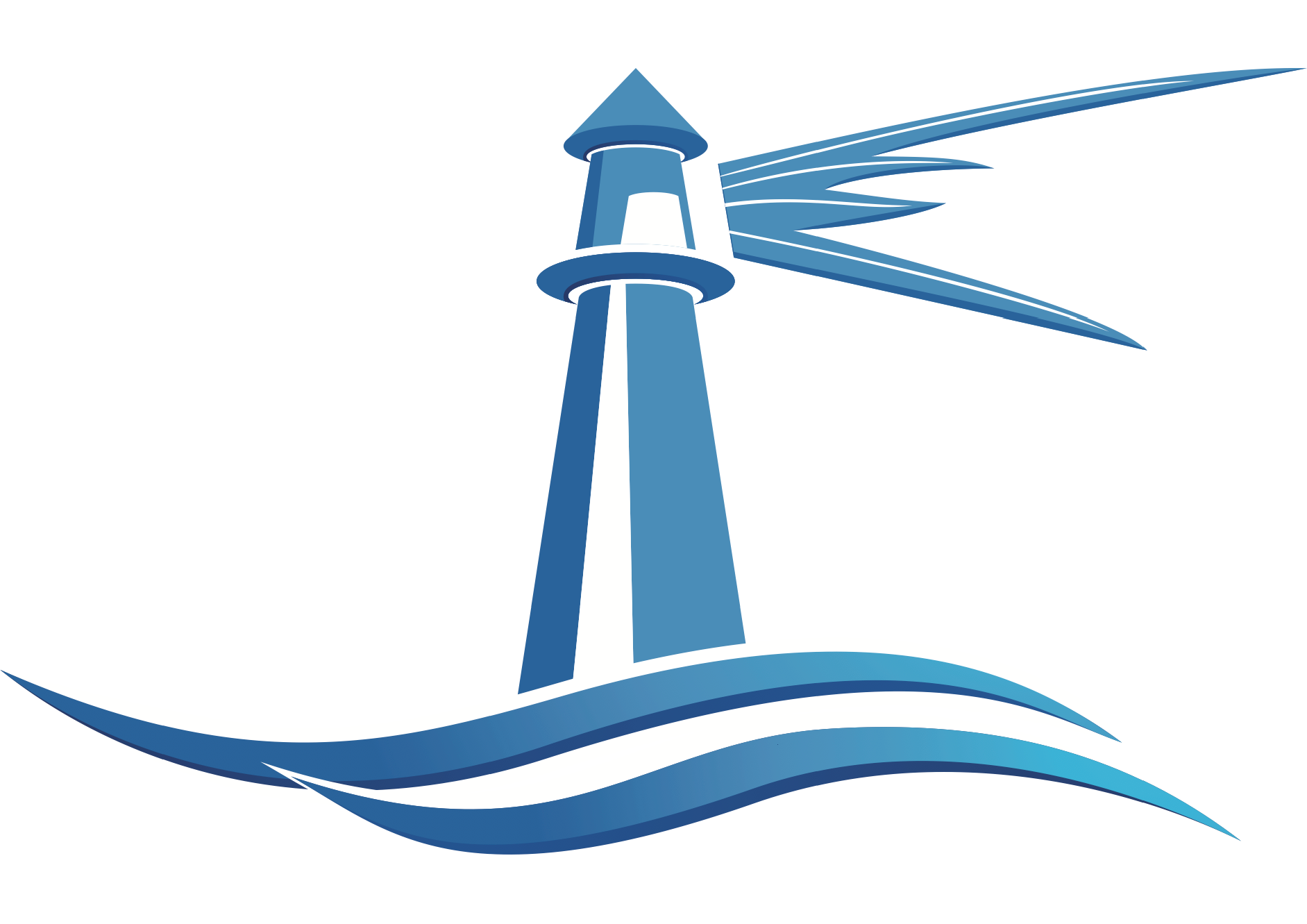

Traffic Duplication
Adversaries may leverage traffic mirroring in order to automate data exfiltration over compromised network infrastructure. Traffic mirroring is a native feature for some network devices and used for network analysis and may be configured to duplicate traffic and forward to one or more destinations for analysis by a network analyzer or other monitoring device. (Citation: Cisco Traffic Mirroring) (
Application Shimming
AppCert DLLs
Adversaries may establish persistence and/or elevate privileges by executing malicious content triggered by AppCert DLLs loaded into processes. Dynamic-link libraries (DLLs) that are specified in the AppCertDLLs Registry key under HKEY_LOCAL_MACHINE\System\CurrentControlSet\Control\Session Manager\ are loaded into every process that calls the ubiquitously used application
CMSTP
Multi-hop Proxy
Email Forwarding Rule
Adversaries may setup email forwarding rules to collect sensitive information. Adversaries may abuse email-forwarding rules to monitor the activities of a victim, steal information, and further gain intelligence on the victim or the victim’s organization to use as part of further exploits or operations.(Citation: US-CERT TA18-068A 2018) Outlook and Outlook Web App (OWA) allow users to create inb
Data Staged
Adversaries may stage collected data in a central location or directory prior to Exfiltration. Data may be kept in separate files or combined into one file through techniques such as [Archive Collected Data](https://attack.mitre.org/techniques/T1560). Interactive command shells may be used, and common functionality within [cmd](https://attack.mitre.org/software/S0106) and bash may be used to copy
System Network Connections Discovery
Adversaries may attempt to get a listing of network connections to or from the compromised system they are currently accessing or from remote systems by querying for information over the network. An adversary who gains access to a system that is part of a cloud-based environment may map out Virtual Private Clouds or Virtual Networks in order to determine what systems and services are connected.
Compromise Infrastructure
Adversaries may compromise third-party infrastructure that can be used during targeting. Infrastructure solutions include physical or cloud servers, domains, and third-party web services. Instead of buying, leasing, or renting infrastructure an adversary may compromise infrastructure and use it during other phases of the adversary lifecycle.(Citation: Mandiant APT1)(Citation: ICANNDomainNameHijack
Mark-of-the-Web Bypass
Adversaries may abuse specific file formats to subvert Mark-of-the-Web (MOTW) controls. In Windows, when files are downloaded from the Internet, they are tagged with a hidden NTFS Alternate Data Stream (ADS) named Zone.Identifier with a specific value known as the MOTW.(Citation: Microsoft Zone.Identifier 2020) Files that are tagged with MOTW are protected and cannot perform certain a